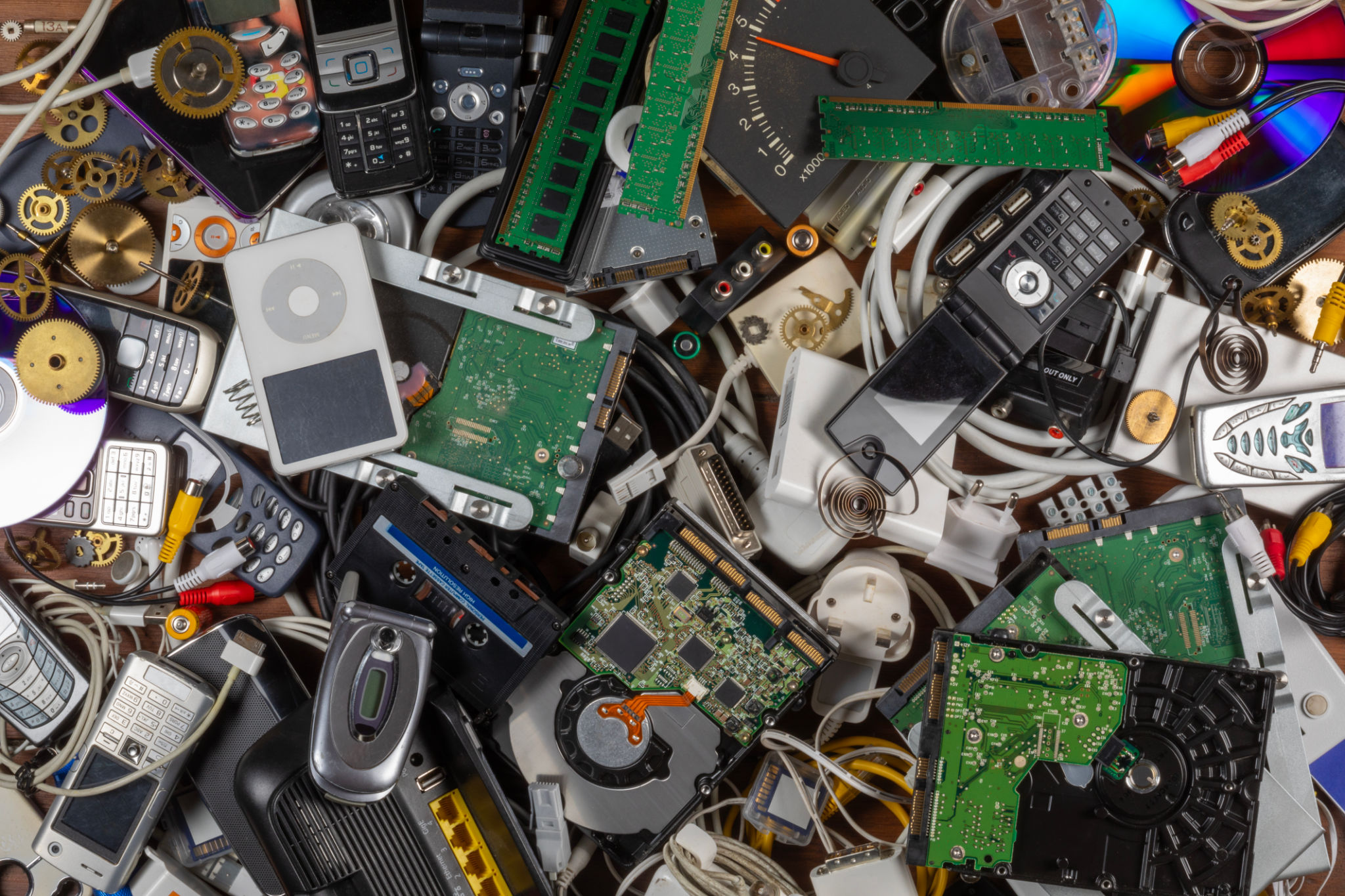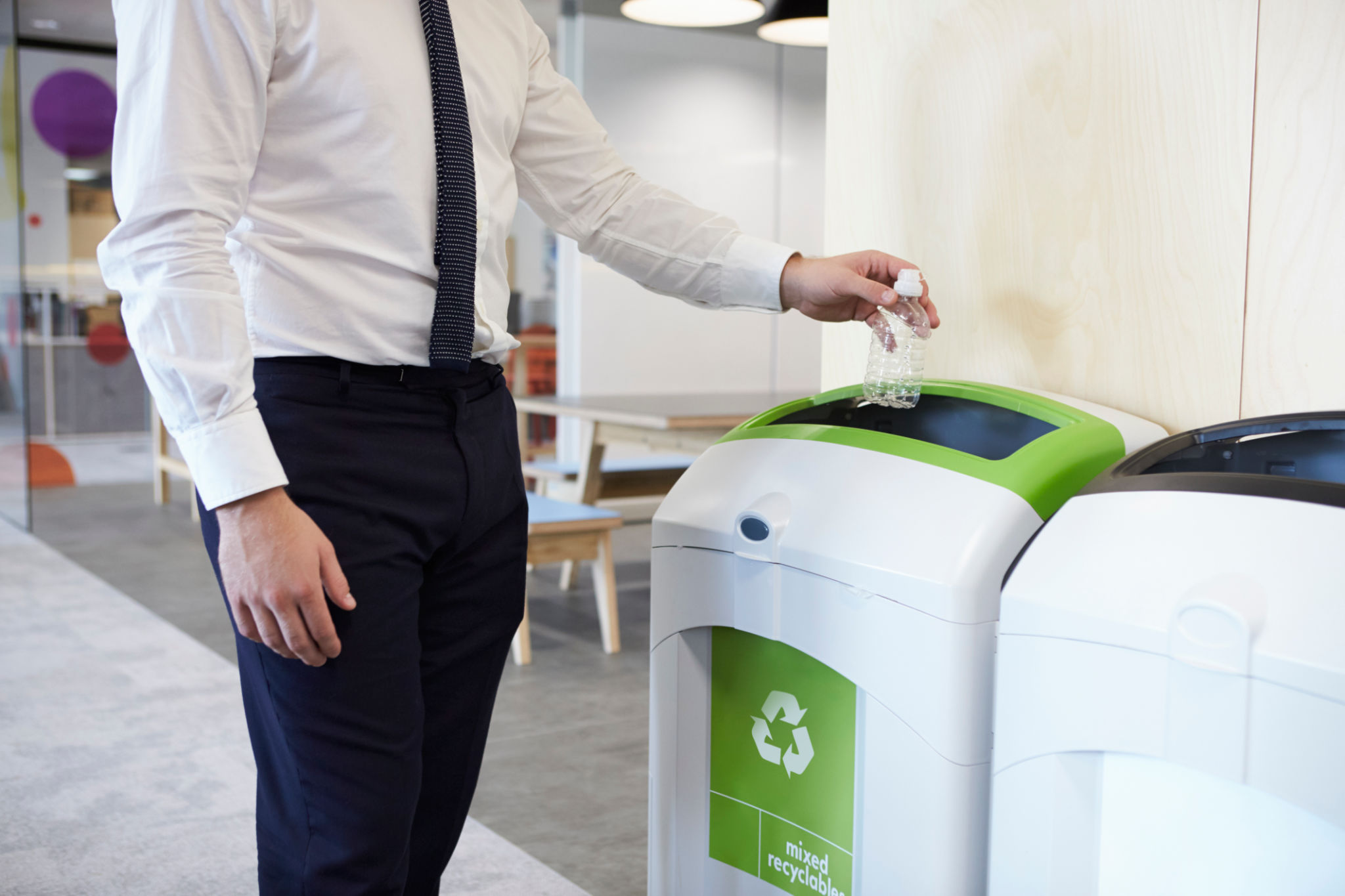The Impact of ITAD on the Environment: What You Can Do to Help
Understanding ITAD
Information Technology Asset Disposition (ITAD) is a critical process that involves the safe and environmentally responsible disposal of electronic equipment. As technology rapidly evolves, the lifecycle of electronic devices shortens, leading to an increase in e-waste. Proper ITAD practices ensure that old electronics are either repurposed, recycled, or disposed of in a manner that minimizes their environmental impact.
ITAD is not just about getting rid of old equipment; it's about making informed choices to protect the environment. By adhering to ITAD protocols, businesses and individuals can contribute to a more sustainable future.

The Environmental Impact of E-Waste
E-waste, or electronic waste, is a growing concern worldwide. It consists of discarded electronic devices such as computers, smartphones, and other gadgets. When not disposed of properly, e-waste can lead to significant environmental damage. Toxic substances like lead and mercury can leach into the soil and water, posing serious health risks to humans and wildlife alike.
The sheer volume of e-waste is staggering. According to recent studies, millions of tons of electronic waste are generated each year, with only a small percentage being recycled. This highlights the need for effective ITAD strategies to manage the disposal of these products responsibly.
Reducing Your Carbon Footprint
One way to mitigate the impact of e-waste is by reducing your carbon footprint. This can be achieved by extending the life of your electronics through repair and maintenance rather than immediate replacement. Additionally, purchasing devices designed with sustainability in mind can make a significant difference.

How You Can Contribute
There are several steps you can take to contribute to proper ITAD practices. First, always explore recycling options for your old electronics. Many manufacturers and retailers offer take-back programs where they accept old devices for proper recycling.
Moreover, consider donating functioning electronics to organizations that can refurbish them for reuse. This not only prevents e-waste but also supports communities in need of technology.
- Utilize manufacturer recycling programs
- Donate working electronics
- Support companies with sustainable practices
The Role of Businesses
Businesses play a pivotal role in ITAD. By implementing comprehensive IT asset management strategies, companies can significantly reduce their environmental impact. This includes keeping track of all electronic assets and ensuring they are disposed of responsibly at the end of their lifecycle.

Additionally, businesses can partner with certified ITAD providers that adhere to environmental regulations and ensure that e-waste is handled correctly. These partnerships not only help the environment but also enhance a company's reputation as a responsible entity.
Conclusion
The impact of ITAD on the environment is profound, but by taking conscious steps, we can all contribute to reducing e-waste. Whether as individuals or businesses, our collective efforts in supporting sustainable practices will pave the way for a healthier planet. Remember, every small action counts when it comes to protecting our environment for future generations.